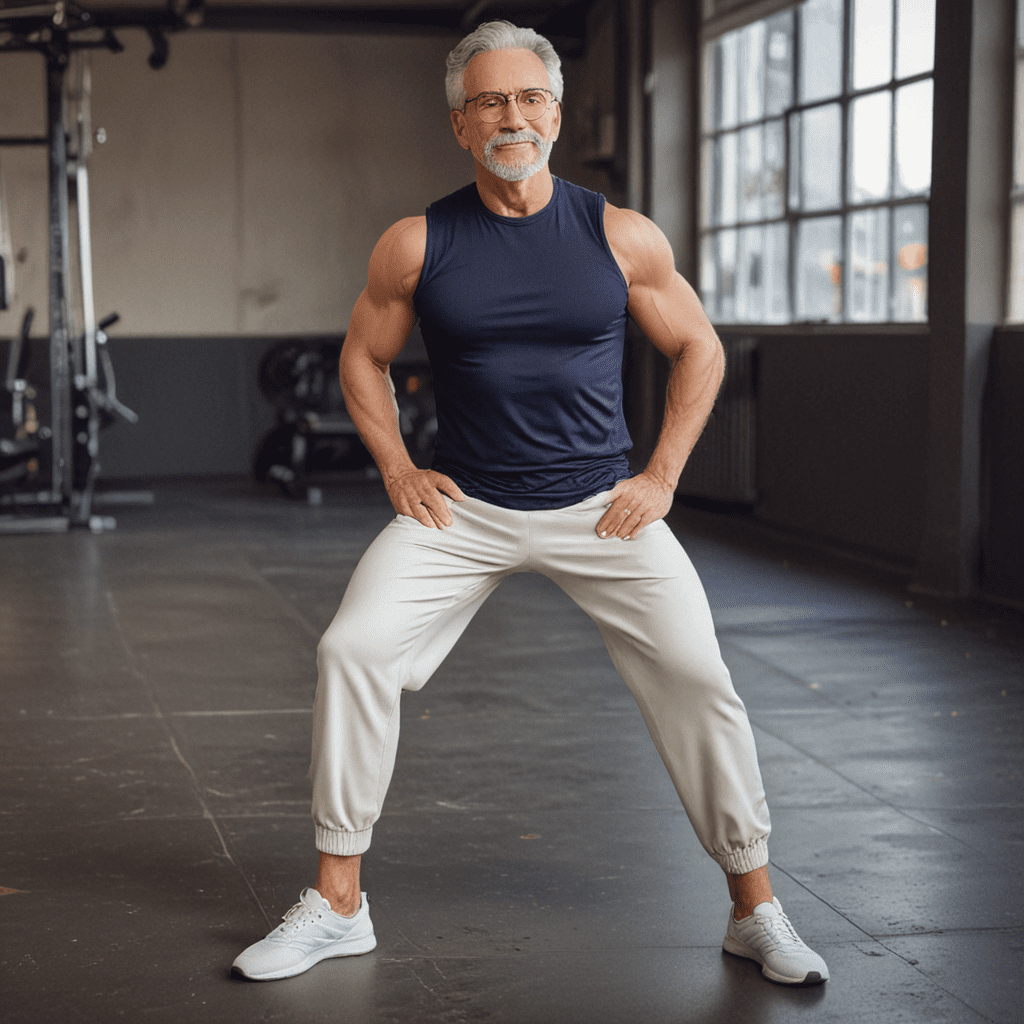
The Ultimate Guide to Push-Ups: Muscles Activated and Benefits
Push-ups are an effective bodyweight exercise that targets various muscle groups. Understanding the specific muscles activated during push-ups can help you maximize your workout routine and achieve your fitness goals. Let’s delve into the details of the muscles worked out during push-ups and their benefits.
Primary Muscles Engaged in Push-Ups
The primary muscles targeted during push-ups include the pectoral muscles, triceps, and deltoids. The pectoral muscles, located in the chest area, are heavily engaged during the pushing motion. The triceps, situated on the back of the upper arm, work to extend the elbows. Additionally, the deltoid muscles, found in the shoulders, play a crucial role in stabilizing and supporting the movement.
Secondary Muscles Involved
While the primary focus of push-ups is on the chest, triceps, and shoulders, several secondary muscle groups also come into play. These include the core muscles, which provide stability throughout the exercise, and the serratus anterior, responsible for scapular movement and shoulder stability. The engagement of these secondary muscles contributes to the overall effectiveness of push-ups as a full-body workout.
Benefits of Push-Ups for Muscle Development
Engaging in regular push-ups can lead to significant muscle development in the targeted areas. The chest, triceps, and shoulders experience improved strength and endurance, contributing to a well-rounded upper body workout. Moreover, the engagement of core muscles during push-ups helps in building a stable and strong midsection, supporting overall posture and spine alignment.
Enhanced Stability and Functional Strength
Besides muscle development, push-ups promote enhanced stability and functional strength. The incorporation of various muscle groups in a coordinated manner during push-ups translates to improved overall body control and balance. This functional strength gained from push-ups can have positive implications for daily activities and athletic performance.
FAQ: Maximizing Push-Ups for Optimal Results
Q: How many push-ups should I do to see results?
A: The number of push-ups required to see results varies depending on individual fitness levels. It is recommended to start with a number that challenges you without compromising proper form and gradually increase the repetitions as your strength improves. Consistency and quality of each repetition are key factors in yielding optimal results.
